I am reading the raw video data from the read buffer using
cv::Mat imgbuf(Size(640, 480), CV_8UC3, &mem[0], (640*3));
This variable imgbuf I am passing to face detection algorithm which detects the face & draws the rectangle around the face. after that I am getting output something like

I tried with below code where I am performing resize operation before pass to face detection algorithm. by using this method it is working fine. but without resizing function I am getting noticeable output with rectangle around the face.

while(1)
{
unsigned char *mem = (unsigned char*)mmap(NULL, page_offset + len,
PROT_READ |PROT_WRITE, MAP_PRIVATE, fd, page_base);
cv::Mat imgbuf(Size(640, 480), CV_8UC3, &mem[0], (640*3));
cv::resize(imgbuf,imgbuf,(640,480)); //Dummy function to get the right output.
auto result = v->facedetection(imgbuf);
for (const auto &r : result.rects) {
cv::rectangle(imgbuf,cv::Rect{ cv::Point(r.x * imgbuf.cols, r.y *
imgbuf.rows),cv::Size{(int)(r.width * imgbuf.cols), (int)(r.height *
imgbuf.rows) } },0xff);
}
imshow("face-detection", imgbuf);
waitKey(1);
can anybody help be to sort out this problem